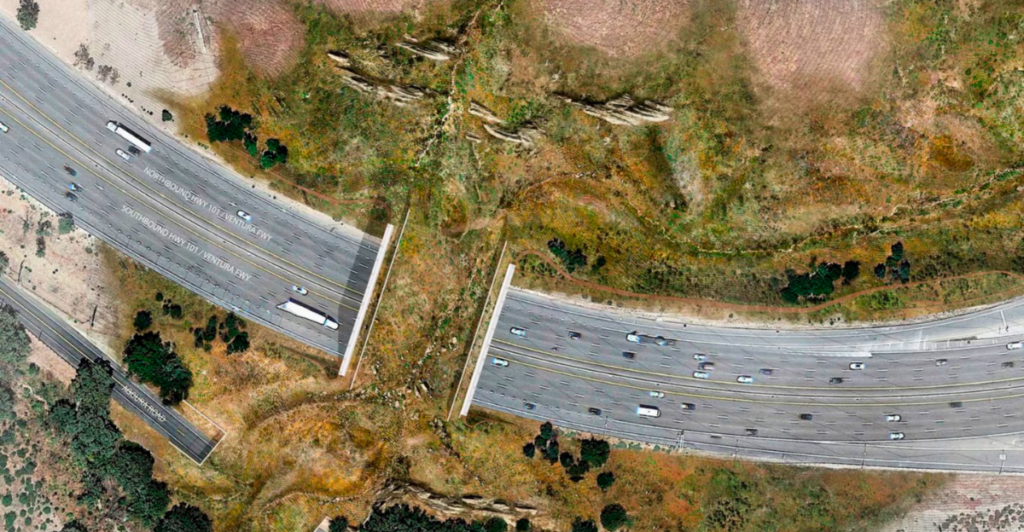
The world’s largest wildlife overpass in the world is busy being built in Agoura Hills, California. The overpass will span 10 lanes of traffic on Highway 101 and will ensure that habitats from either side of the highway aren’t isolated.
Wildlife Impact

Highways often serve as an efficient way to travel for millions of people in the U.S. and around the world, but they often come at a cost. When highways cut across natural habitats, they often split populations off from one another.
Dangers
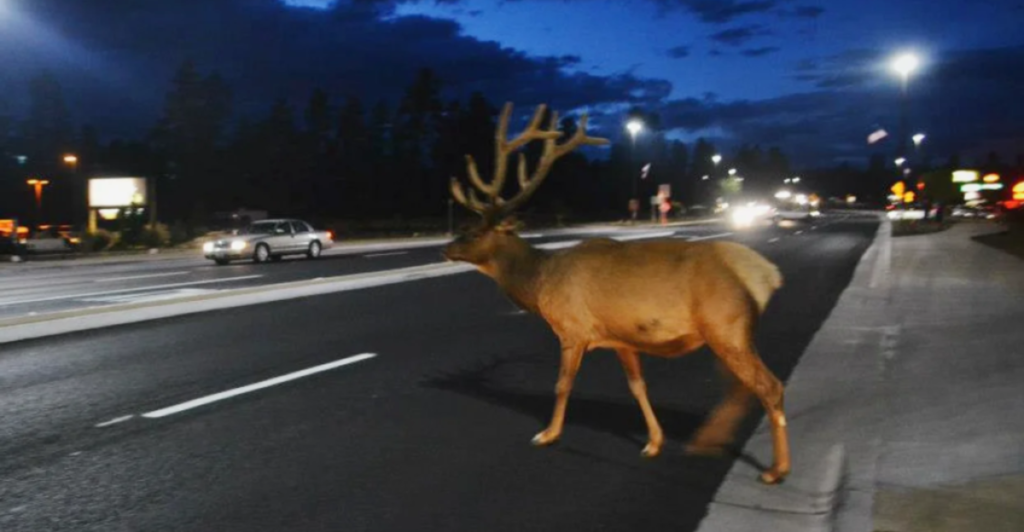
Some animals are brave enough to attempt to venture across these enormous highways, which puts them in danger from passing cars. Furthermore, animals that manage to make it safely to one side often become permanently cut off from their local population, where resources may be more prevalent.
A Solution To This Problem
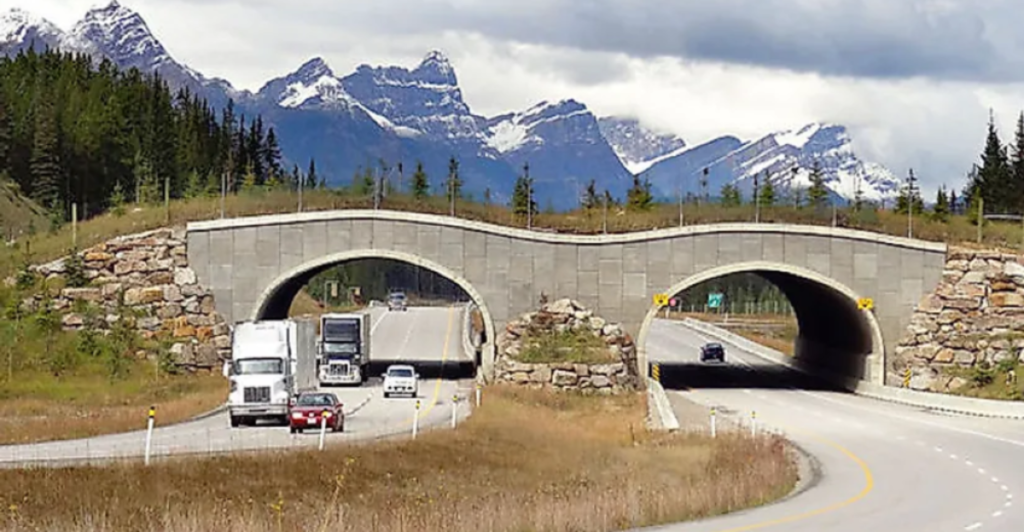
Wildlife overpasses are a relatively new solution to this problem. But by creating a sturdy bridge covered with natural land, animals can recognize them as the easiest and safest route over these highways. It saves the lives of many local animals and prevents accidents on the road due to crossing wildlife.
Able To Roam Freely
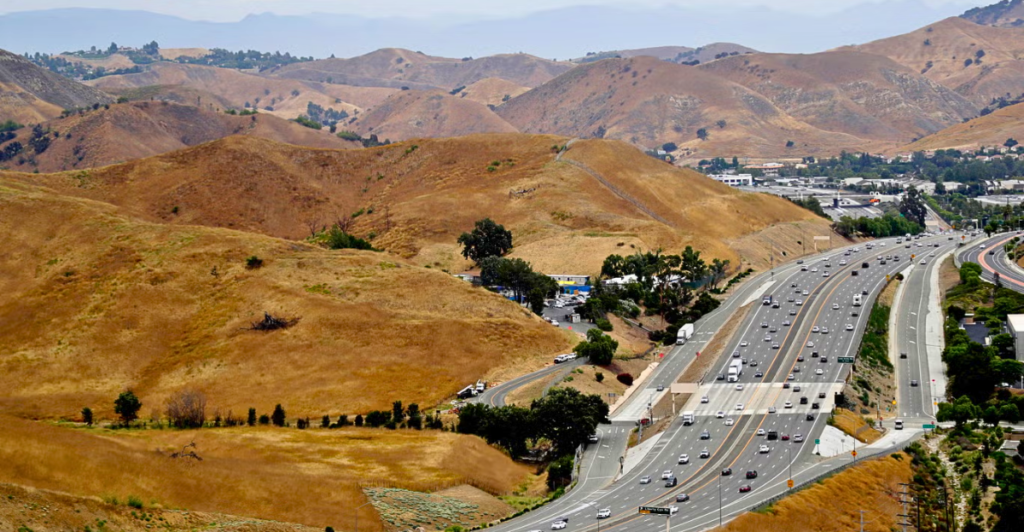
The Wallis Annenberg Wildlife Crossing is located in the Santa Monica Mountains, which houses many animals that are crucial to their environments. The bridge allows these animals to roam freely without any restriction or danger between the Santa Monica Mountains and the Simi Hills.
Design
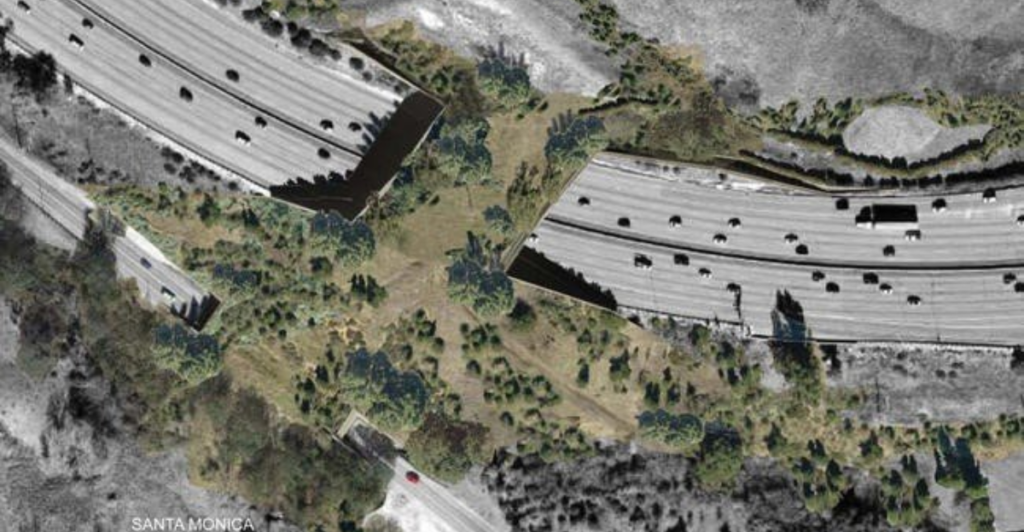
The wildlife overpass is the largest of its kind, being a whopping 210 feet long and 165 feet wide. The surface is coated in vegetation to encourage the local wildlife to cross and has sound walls that block out noise from vehicles, which could frighten them and also prevent them from falling over the overpass.
Funding
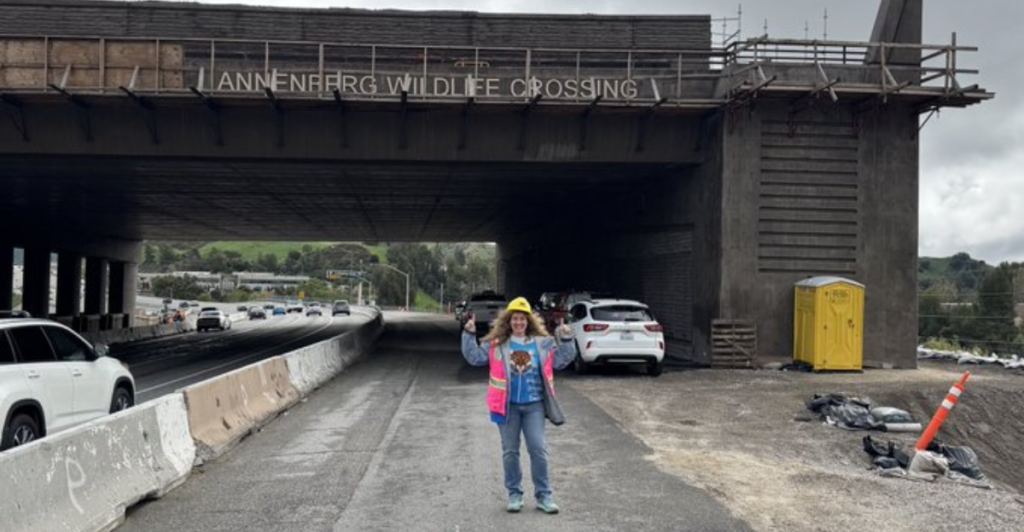
The Wallis Annenberg Wildlife Crossing has been a multi-million dollar project involving the National Park Service, National Wildlife Federation, and Caltrans – the California Department of Transportation. $92 million dollars has been raised by charities and the state to create this monument to animal welfare.
Local Species
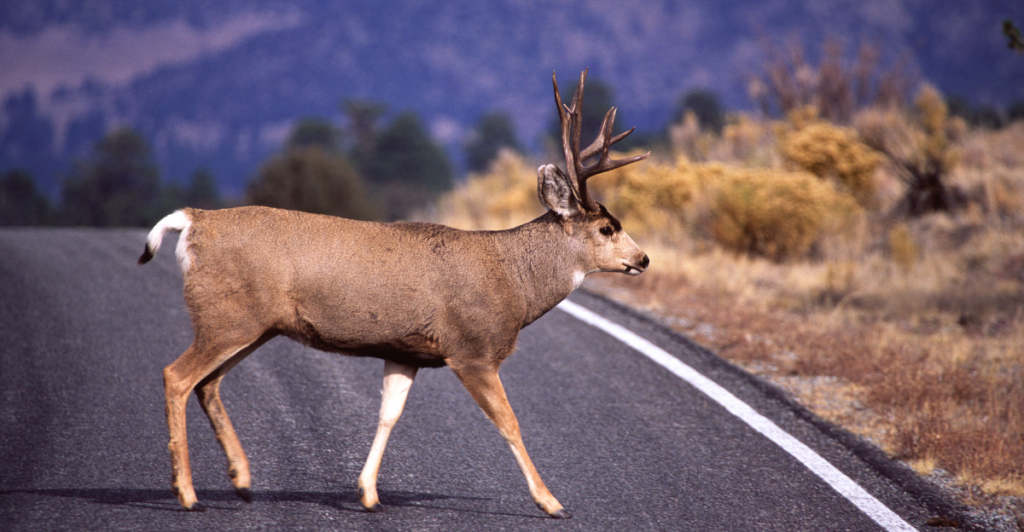
Many species are predicted to benefit from the construction of this large wildlife overpass. Mountain lions, coyotes, mule deer, snakes, and toads are all going to be able to cross the bridge without any complications. This increases genetic diversity and means less territorial conflicts.
Environmental Significance
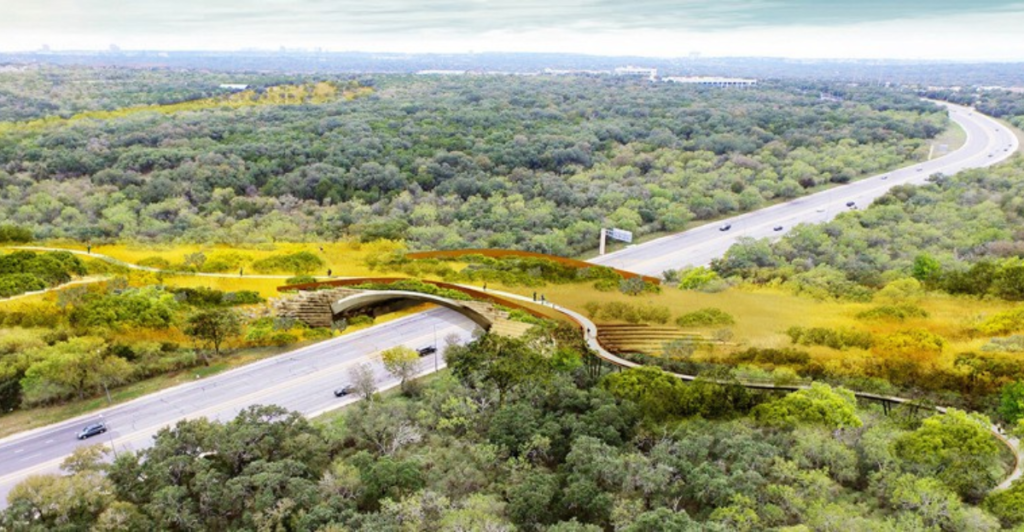
The overpass is in the interest of animal conservation, which aims to restore the habitat that many animals once had before it was cut in half by the highway. Ecosystem health is predicted to improve as animals migrate over the bridge at their own pace.
Timeline
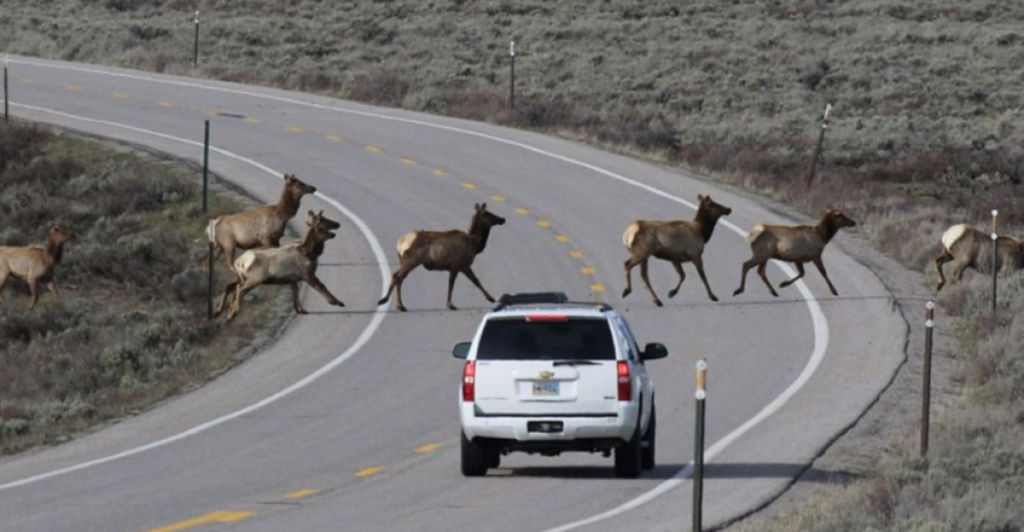
The overpass began construction in mid-2022. If the building stays on schedule, then the overpass should be finished in early 2026. The timeline was originally affected by weather delays and has many stakeholders involved in its construction.
Blending The Landscape
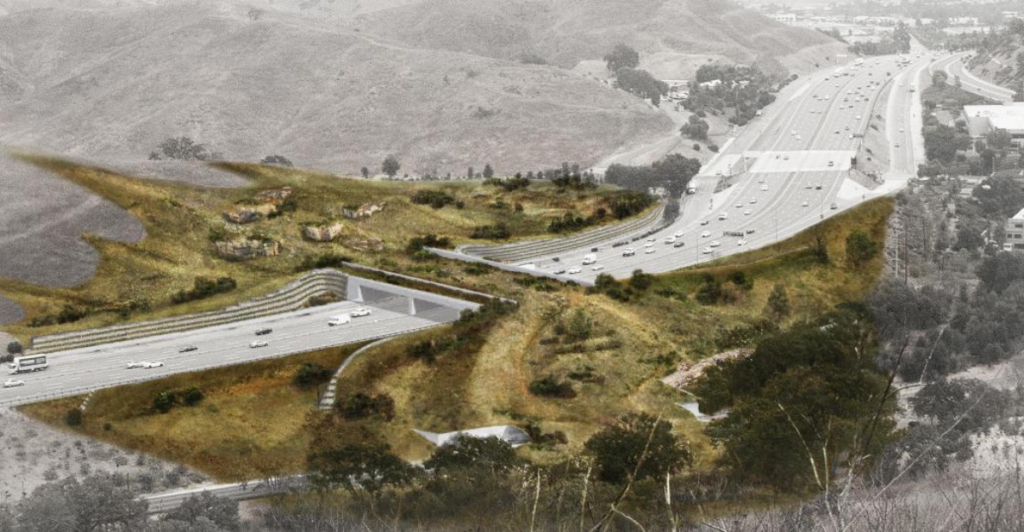
The vegetation that has been selected to be on the bridge is deliberate, with native plants blending the landscape on either side of the highway and giving animals a natural habitat to stop on during their migration across.
Predictions
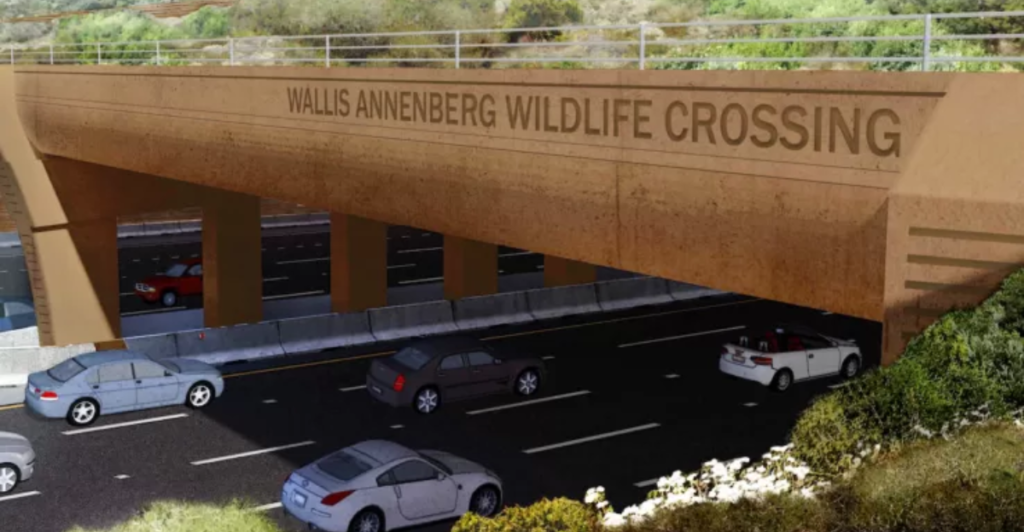
Once the wildlife overpass is finished construction, predictions are that it won’t be fully utilized immediately as animals adjust to the crossing. As animals adapt to the new crossing, vehicle collisions will drop significantly, and habitats will improve.
Wildlife Conservation

Beth Pratt, California regional executive director for the National Wildlife Federation, fully supports the crossing’s construction, stating that these projects “right some of the great wrongs” as they connect habitats that have been severed for a long time and prevent wildlife-human conflict.
Explore more of our trending stories and hit Follow to keep them coming to your feed!

Don’t miss out on more stories like this! Hit the Follow button at the top of this article to stay updated with the latest news. Share your thoughts in the comments—we’d love to hear from you!







